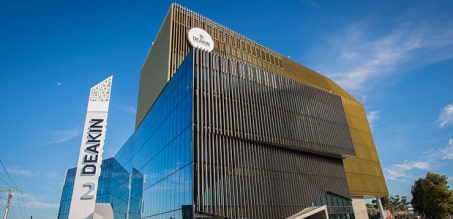Spark Basics
Enroll In Online Spark free course and get a completion certificate. Plus, access over 1,000 additional free courses with certificates—just sign up for free!

Ratings
Level
Learning hours

Learners
Skills you’ll Learn
About this course
Spark is a framework that provides support to the applications while retaining the scalability and fault tolerance of MapReduce. Spark tools provide abstractions called resilient distributed datasets (RDDs), a read-only set of objects partitioned across a set of devices to meet the user requirements. These machines rebuild partitions if they are lost.
The Spark Basics course will first talk about the basics and later explain the difference between Hadoop and Spark. You will also understand spark architecture and learn about RDDs in this course. Spark can outperform Hadoop by 10x in iterative machine learning jobs and can be used to query a vast dataset with a sub-second response time interactively. Later, you will learn RDDs in this free Spark course. You will be able to work confidently with the tool at the end of this Spark Basics course.
Some top universities from India, such as PES University and SRM University, have collaborated with Great Learning and designed several Master’s Degree Programs in Data Science. You can enroll in India’s top-ranked online Data Science courses and earn a Master’s Degree Certificate in the highest-rated Data Science online course from these reputed universities after completing the course. The faculty and mentors of these courses are various experienced industry practitioners in Data Science. Our primary objective is to help our learners excel in their Data Science careers by providing the best curriculum.
Course Outline
 UPGRADE
UPGRADE
Recommended university programs
What our learners enjoyed the most
Skill & tools
61% of learners found all the desired skills & tools
Frequently Asked Questions
Will I receive a certificate upon completing this free course?
Is this course free?
What are the Spark basics?
Spark is a fast, general, and multi-language engine for large-scale data processing. It is designed to cover a wide range of workloads such as batch processing, interactive queries, and streaming. It has a simple and expressive programming model that supports various applications. Spark is scalable, and it can run on a single machine or a cluster of thousands of machines.
How do I start programming in Spark?
To start with Spark, first, be familiar with the programming languages that are utilized to implement it, like Python or other programming languages. You can start learning it by going through a few helpful tutorials, blog posts, articles, or by stepping a step ahead you can enroll in the free Spark Basics course Great Learning offers and learn it from scratch.
Is Databricks the same as Spark?
No, Databricks is not the same as Spark. Databricks is a cloud-based platform for data analytics, while Spark is an open-source data processing engine. Databricks has a modified spark instance as a core known as Databricks Runtime.
Spark Basics Course
Apache Spark is an open-source, distributed computing framework used for processing big data. Spark can process data in batch and real-time modes and supports multiple programming languages like Scala, Python, and R. It was developed to address the limitations of the Hadoop MapReduce computing model, making it much faster and easier to use.
One of the key benefits of Apache Spark is its speed, which is achieved through in-memory computing and an optimized execution engine. Spark also provides a wide range of built-in libraries for tasks like SQL, machine learning, and graph processing. This makes it easier for data scientists and engineers to work with large datasets without having to write complex code from scratch.
In terms of use cases, Apache Spark is widely used in industries such as finance, healthcare, and e-commerce for tasks like data processing, data analysis, and machine learning model development. Spark can handle both structured and unstructured data, making it an ideal tool for big data processing.


































